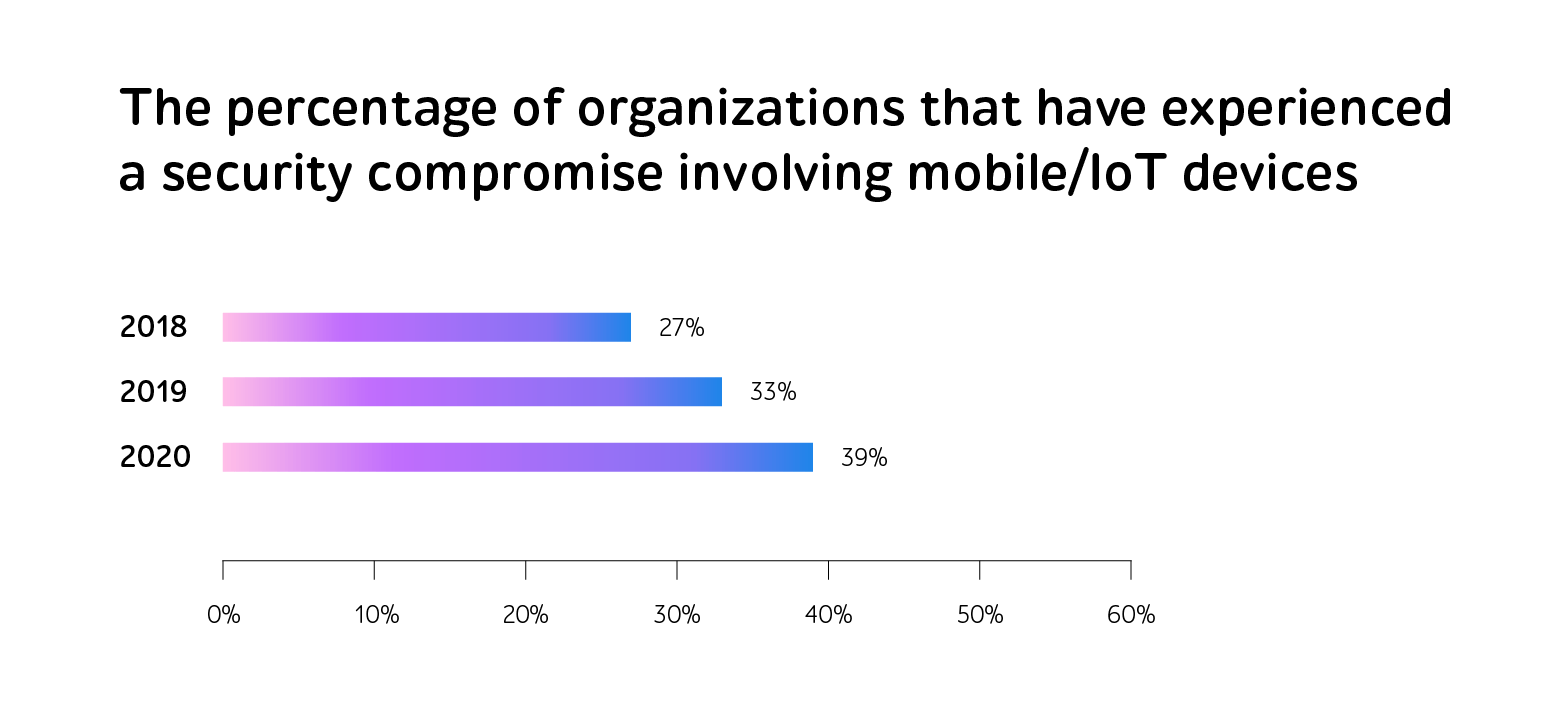
API testing: why, what, how?
When it comes to ensuring the quality of APIs, they say it has nothing to do with classical testing methods and requires a QA strategy from outer space.
In fact, it’s much easier, and API doesn’t need a unique approach to apply.
What we really need to bear in mind for API testing is truly extensive technical knowledge ranging from the client-server architecture up to the principles of HTTP protocols and the JSON, XML and other data formats.
In this article, let’s discover the benefits it brings to the table and discuss 3 steps to get started and develop a robust QA strategy to launch a reliable IT product.
6 benefits of testing APIs
As more and more IT solutions are based on microservice architecture, it’s essential to make sure they coexist without failures.
Verified Market Research indicates that the global API testing market is going to reach $2,550 million by 2027.
This explosive upsurge relates to the multiple benefits that API testing provides to businesses:
- Reduced risks. It helps check the business logic at the early SDLC stages and take immediate actions for reported issues.
- Accelerated time to market. API testing assists in identifying bugs earlier that result in reducing the time between development and testing cycles leading to faster product delivery to the market.
- Enhanced test coverage. Introducing API test automation contributes to covering a considerable number of test cases aimed at identifying and fixing critical bugs.
- Simplified test maintenance. Since API tests are stable, modifications occur only when the business logic of the software changes, making it easy to maintain the tests while reducing overall testing time.
- Facilitated access to the app without UI. As API testing doesn’t require UI to get going, this helps eliminate pitfalls before they impact GUI while preventing critical issues that are not always easy to fix later.
- Advanced protection from malicious code and cyber penetration. Now, API tests require strong conditions and inputs, helping reinforce the app and prevent unwanted breakages. However, according to Gartner’s predictions, in 2022, without enough security measures within the organization API may become the most frequent attack point.
These are the main advantages that organizations reap with API testing, helping deliver a flawless IT solution to the market.
7 testing types to perform on API
Given that the API layer of any application is one of the system key components, it provides interaction between the client and the server while managing the business processes and delivering the services to the customers to satisfy their needs. And if API fails to operate correctly, it jeopardizes the entire chain of business processes.
The test pyramid by Mike Cohn indicates that being the significant part of the service layer, the API layer should include about 20% of the tests performed to ensure higher software reliability.
When testing API, it’s mission-critical to include the following tests:
1. Security testing
According to the Mobile Security Index Report, companies continue to encounter more threats with ever-growing cybersecurity issues. For instance, in 2020, 39% of organizations greatly suffered from security compromises involving mobile/IoT devices.

Source: Mobile security Index Report 2020
So, API testing helps ensure a high level of protection to avoid external attacks. API security tests check the encryption validation, reduce the risks of system penetration, identify and eliminate vulnerabilities.
2. Interface testing
It’s essential to verify the usability of the user interface related to API, so interface tests help examine the accessibility and efficiency of the application of both front-end and back-end while making sure that UI functions as expected.
3. Validation testing
Usually, validation testing occurs at the final steps of the development process after verification of the API component parts. These tests focus on checking the behavior and effectiveness of the software to provide a properly functioning IT product designed following stated requirements.
4. Performance testing
Conducting performance testing helps check whether the IT solution withstands the expected load and how the behavior of the system changes when the load spikes. This is vital to prevent failures caused by a sudden increase of end users and provide them with a stable app.
5. Requirement testing
Performing API requirement testing eliminates software inconsistencies and is aimed at finding the bugs before apps’ development.
6. Backward compatibility testing
This type of testing assists in verifying the behavior and compatibility of the developed software with their older API versions to provide smooth functioning.
7. Code-level testing
Conducting code-level testing helps check the source code and its behavior under various conditions and inputs (minimum, maximum, valid, invalid, and incorrect testing data).
Though these are 7 basic testing types, performing other API tests — integration, component, end-to-end testing — is also possible as it depends on the specific business needs and certain requirements.
3 steps to get started with API testing
When being aware of the benefits and the testing types to perform on API as well as having a team of QA specialists with in-depth API expertise, it’s time to start API testing. The following 3 basic steps may assist in building a solid API testing strategy:
1. Setting up the environment and defining the parameters
Configuring the database and server input and output parameters assists in building the proper environment for API testing.
To get higher accuracy, it’s better to simulate the real-time conditions required for the software’s public use. It helps verify the app while resolving sharp issues impeding correct functioning and performance.
2. Defining a testing plan
Determining what testing types to perform to enhance the software quality and eliminate all possible defects lies in the heart of this stage.
Including positive tests, scenarios assist in checking the basic functionality of an IT product while negative tests are verifying whether the system is able to handle problems related to security and performance.
3. Selecting tools for API testing
The choice of instruments has a huge impact on the success of the IT product as well as the accuracy of the obtained results within the project. Opting for the proper tools helps reach higher testing process efficiency.
The variety of existing tools is ample. Though, the best instruments for API testing — REST-assured, Requests, Apache HTTP, SoapUI, Postman, Apache JMeter, Swagger, and other programming language-specific libraries — support API architecture, have quite improved reporting capabilities and adjust to different testing types like security and performance testing.
By following these steps, companies can successfully deliver a high-quality IT product to the market that meets end-user expectations.
Summarizing
Introducing the right QA strategy is one of the core steps to test API while achieving business and operational benefits, like releasing an upscale and high-quality IT solution.
By performing API testing, it’s essential to focus on the app’s 7 key aspects: security, performance, validation, interface, requirements, code, and compatibility.
However, following a three-step strategy — setting up the testing environment, defining a QA plan, selecting QA tools — helps overcome existing challenges and identify critical pitfalls to prove the system’s stable operation.
Feel free to contact a1qa’s specialists in case you need professional QA support on testing APIs.








